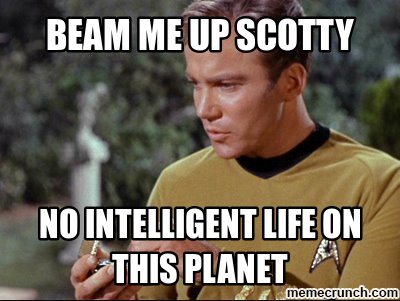 In his article, BEAM: A Rhetorical Vocabulary for Teaching Research-Based Writing, Joseph Bizup argues against the categorization of sources as being “primary, secondary, and tertiary.” As Bizop points out, these categorizations are inherently “anti-rhetorical.” By this, Bizop means that they do not promote the sort of thinking that accompanies rhetorical analysis. Resultantly, Bizop promotes a somewhat radical idea; to redefine the way in which students categorize source materials in order to promote critical thinking and ease the process of rhetorical analysis.
In his article, BEAM: A Rhetorical Vocabulary for Teaching Research-Based Writing, Joseph Bizup argues against the categorization of sources as being “primary, secondary, and tertiary.” As Bizop points out, these categorizations are inherently “anti-rhetorical.” By this, Bizop means that they do not promote the sort of thinking that accompanies rhetorical analysis. Resultantly, Bizop promotes a somewhat radical idea; to redefine the way in which students categorize source materials in order to promote critical thinking and ease the process of rhetorical analysis.
BEAM, as an acronym, is the product of Bizop’s realization and his own recommendation for the replacement of the traditional vocabulary of categorization. Consisting, of Background, Exhibit, Argument, and Method, these terms encourage students to think about the purpose and “effects” of a text. If at this point, this topic seems a bit dry for you, take a break and check out the gif that google turns up when you search for “cause and effect gif.”
Although I had not yet heard of this acronym when I recently engaged in archival research. I think that it might be a useful exercise to apply these terms in retrospect to my own research process. Therefore, I will briefly dress each aspect of “BEAM” as they relate to my own research.
Background
According to Bizup, Background sources  are those “materials a writer relies on for general information or for factual evidence.” When reflecting on my archival research project, a few sources immediately come to mind. For example, as readers of my past blog posts may already know, my archival document was essentially a summary of a guest speaker’s lecture. In order to gain more insight into the speaker, I did some online research on him as well as the college from which he received his degree. From these sources, I learned about various factual elements of the speakers life. In this sense, they were “Background” sources since they provided me with a factual foundation on which to begin building my analysis.
are those “materials a writer relies on for general information or for factual evidence.” When reflecting on my archival research project, a few sources immediately come to mind. For example, as readers of my past blog posts may already know, my archival document was essentially a summary of a guest speaker’s lecture. In order to gain more insight into the speaker, I did some online research on him as well as the college from which he received his degree. From these sources, I learned about various factual elements of the speakers life. In this sense, they were “Background” sources since they provided me with a factual foundation on which to begin building my analysis.
Exhibit
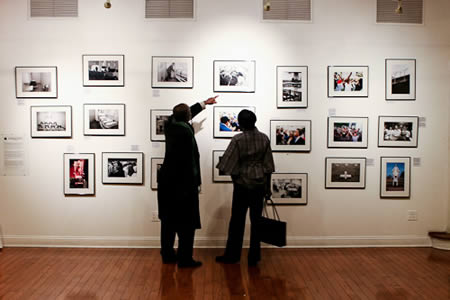 Unlike Background sources, which are merely factual accounts, Bizup describes Exhibit sources as the “materials a writer analyzes or interprets.” In this way, Exhibit sources are those with sufficient content and credibility to justify rhetorical analysis. In terms of my archival research project, I believe that my archival document, an article from the Santa Clara University newspaper published in 1961, would be considered an Exhibit source. This source was the most important document in my research process and involved multiple elements of rhetorical analysis. For example, from this source I began my analysis of gender inequality as well as my analysis of the rhetorical elements of ethos, pathos, logos, and kairos.
Unlike Background sources, which are merely factual accounts, Bizup describes Exhibit sources as the “materials a writer analyzes or interprets.” In this way, Exhibit sources are those with sufficient content and credibility to justify rhetorical analysis. In terms of my archival research project, I believe that my archival document, an article from the Santa Clara University newspaper published in 1961, would be considered an Exhibit source. This source was the most important document in my research process and involved multiple elements of rhetorical analysis. For example, from this source I began my analysis of gender inequality as well as my analysis of the rhetorical elements of ethos, pathos, logos, and kairos.
Argument
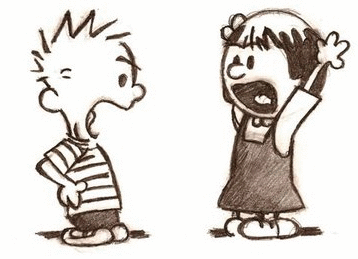 Furthermore, Bizup describes Argument sources as “materials whose claims a writer engages.” In this way, an argument source is a document which is “in conversation” with the research that you are conducting. In the case of my research paper, I chose to analyze my own research process through the perspective of various class readings by Gaillet, Tirabassi, and Greene. Therefore, these sources, who’s claims I engaged in my own writing, would be considered Argument sources.
Furthermore, Bizup describes Argument sources as “materials whose claims a writer engages.” In this way, an argument source is a document which is “in conversation” with the research that you are conducting. In the case of my research paper, I chose to analyze my own research process through the perspective of various class readings by Gaillet, Tirabassi, and Greene. Therefore, these sources, who’s claims I engaged in my own writing, would be considered Argument sources.
Method
Lastly, Bizup describes Method sources as “materials from which a writer takes a governing concept or derives a manner of working.” I am not fully sure that I applied this concept in my own research process directly. However, I can think of a few ways in which this concept relates to my research indirectly. For example, although I did not read them specifically for this assignment, perhaps any source which previously informed my understanding of either gender or research could be considered a Method source. In this way, a Method source is the most broadly defined type of source.
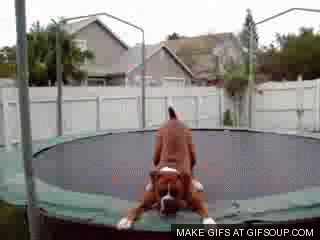 What I like best about Bizup’s BEAM acronym is that, as Bizup says himself, “[the terms are flexible.]” For this reason, they leave ample room for the writer to consider the purpose of any source, and thereby promote both critical thinking and rhetorical analysis. By encouraging researchers to think of their sources in terms of “purpose” and “effect” this process of categorization effectively promotes more effective writing than traditional terms. Although, I may not typically engage in such formal writing processes, I plan on utilizing this method in future writing assignments.
What I like best about Bizup’s BEAM acronym is that, as Bizup says himself, “[the terms are flexible.]” For this reason, they leave ample room for the writer to consider the purpose of any source, and thereby promote both critical thinking and rhetorical analysis. By encouraging researchers to think of their sources in terms of “purpose” and “effect” this process of categorization effectively promotes more effective writing than traditional terms. Although, I may not typically engage in such formal writing processes, I plan on utilizing this method in future writing assignments.
 After writing an essay on my recent archival experience, I felt that I understood my own research process quite well. However, through developing survey questions for additional research, I have been able to look at my research in a new perspective. As Michale Klein discussed in his article, “What Is It We Do When We Write Articles Like This One?” research can in a sense be viewed in two distinct categories:
After writing an essay on my recent archival experience, I felt that I understood my own research process quite well. However, through developing survey questions for additional research, I have been able to look at my research in a new perspective. As Michale Klein discussed in his article, “What Is It We Do When We Write Articles Like This One?” research can in a sense be viewed in two distinct categories: 
 In consideration of these principles, I realized that my experience in archival research was mostly of the “gathering,” sort. In the archive, I perused the items on each table unsure of what I might find. Furthermore, I viewed a variety of documents before I found one that interested me. In this way, my search was mostly undirected and in a sense somewhat random. However, I did utilize some aspects of the “hunting” principle of research. When I began my search, I intended on locating an artifact which related to “student life at Santa Clara University,” and in this sense I was “hunting” for items of a specific type.
In consideration of these principles, I realized that my experience in archival research was mostly of the “gathering,” sort. In the archive, I perused the items on each table unsure of what I might find. Furthermore, I viewed a variety of documents before I found one that interested me. In this way, my search was mostly undirected and in a sense somewhat random. However, I did utilize some aspects of the “hunting” principle of research. When I began my search, I intended on locating an artifact which related to “student life at Santa Clara University,” and in this sense I was “hunting” for items of a specific type. Similarly, I predict that my experience with survey research will likewise involve aspects of both the “hunting” and “gathering” styles. Since I will be choosing specific questions that target certain areas of interest related to my research questions, I will mostly be using “hunting” research techniques. However, once I have collected my data, I will need to sort through them and “look for any patterns” or relevant information that might supplement my research. In this way, I will also be utilizing “gathering” techniques.
Similarly, I predict that my experience with survey research will likewise involve aspects of both the “hunting” and “gathering” styles. Since I will be choosing specific questions that target certain areas of interest related to my research questions, I will mostly be using “hunting” research techniques. However, once I have collected my data, I will need to sort through them and “look for any patterns” or relevant information that might supplement my research. In this way, I will also be utilizing “gathering” techniques. When I sat down to write my research paper, I found that I was making very little progress. Although I had many ideas about the artifact that I was researching, I couldn’t seem to formulate any sentences. I even tried to write a few different introductions. However, I was equally disappointed with each one. Eventually, I came to realize that although I had plenty of ideas, I was unsure of who to organize them into a cohesive paper. So I decided that I needed to write an outline.
When I sat down to write my research paper, I found that I was making very little progress. Although I had many ideas about the artifact that I was researching, I couldn’t seem to formulate any sentences. I even tried to write a few different introductions. However, I was equally disappointed with each one. Eventually, I came to realize that although I had plenty of ideas, I was unsure of who to organize them into a cohesive paper. So I decided that I needed to write an outline. To begin, I reread the assignment rubric to determine what objectives I was trying to meet. From this resource, I determined that I would need to incorporate evidence from the articles that we read as a class. So I began to brainstorm by rereading each article and highlighting important vocabulary and ideas. Furthermore, my Professor informed me that my essay should be somewhat of a “research narrative,” indicating to me that it should be organized somewhat chronologically.
To begin, I reread the assignment rubric to determine what objectives I was trying to meet. From this resource, I determined that I would need to incorporate evidence from the articles that we read as a class. So I began to brainstorm by rereading each article and highlighting important vocabulary and ideas. Furthermore, my Professor informed me that my essay should be somewhat of a “research narrative,” indicating to me that it should be organized somewhat chronologically.
 Furthermore, from organizing my ideas into a cohesive essay, I learned the importance of unifying the various components of an essay. For example, in my essay, I analyze my archival document rhetorically and historically, as well as my own research process. Within each major paragraph of the essay, I discuss some analysis of the archival document, and then talk about how this relates to my research process. I believe that this structure is much more effective than a “separated” structure in which these ideas do not interconnect. For example, If had spent the first third of the essay talking about the historical significance of the archival document, the next thirdof the essay talking about the rhetorical significance of the archival document, and the final third talking about my research process, I could not have made nearly as many connections between these various components of my analysis.
Furthermore, from organizing my ideas into a cohesive essay, I learned the importance of unifying the various components of an essay. For example, in my essay, I analyze my archival document rhetorically and historically, as well as my own research process. Within each major paragraph of the essay, I discuss some analysis of the archival document, and then talk about how this relates to my research process. I believe that this structure is much more effective than a “separated” structure in which these ideas do not interconnect. For example, If had spent the first third of the essay talking about the historical significance of the archival document, the next thirdof the essay talking about the rhetorical significance of the archival document, and the final third talking about my research process, I could not have made nearly as many connections between these various components of my analysis.

 Tomorrow will mark my first ever visit to an archive and in preparation I have begun developing some research questions and associated research goals. In class on Monday, we discussed the evolution of student life and I found that the subject interested me. Therefore, I decided that I might like to research this topic further in the archives. Furthermore, I realized that since this topic is so broad, it might be helpful to narrow my search towards a certain area of student life. Specifically, I am interested in studying the history of
Tomorrow will mark my first ever visit to an archive and in preparation I have begun developing some research questions and associated research goals. In class on Monday, we discussed the evolution of student life and I found that the subject interested me. Therefore, I decided that I might like to research this topic further in the archives. Furthermore, I realized that since this topic is so broad, it might be helpful to narrow my search towards a certain area of student life. Specifically, I am interested in studying the history of 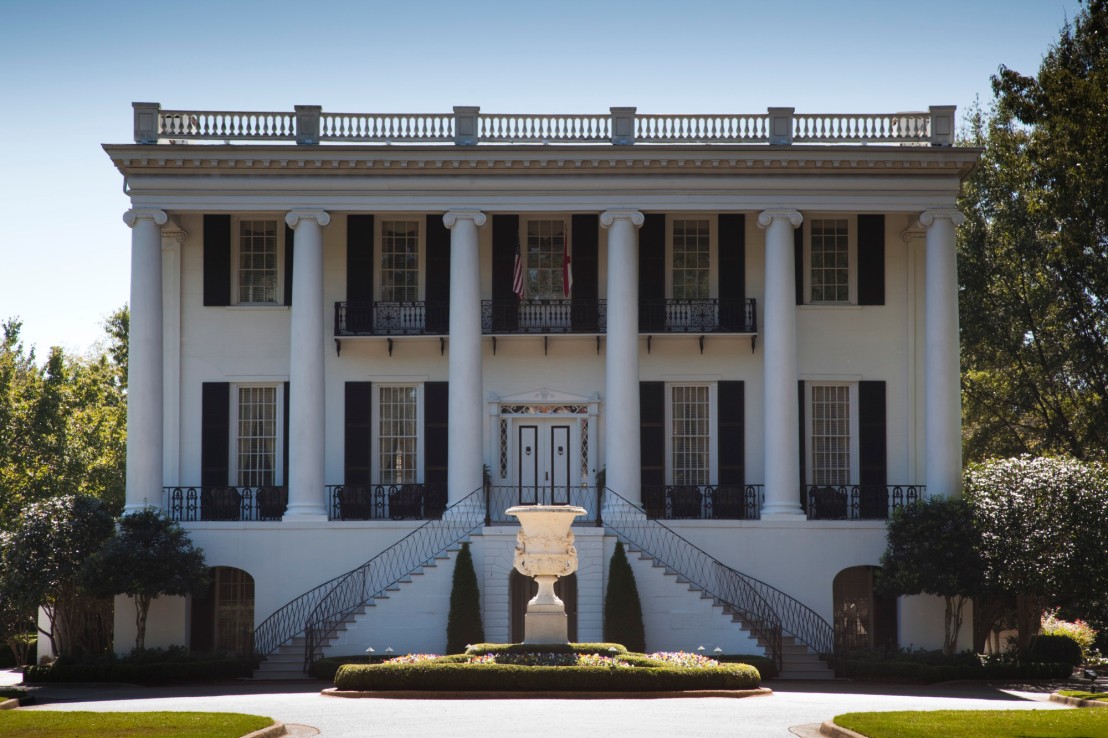
 Firstly, Tirabassi says to consider “Who included this document in the archival record, and why?” This question is important because it seeks to determine the purpose or focus of a particular archive. Since not all documents are saved in an archive, the information which is omitted can be as telling as the information which is saved regarding the purpose of the archive.
Firstly, Tirabassi says to consider “Who included this document in the archival record, and why?” This question is important because it seeks to determine the purpose or focus of a particular archive. Since not all documents are saved in an archive, the information which is omitted can be as telling as the information which is saved regarding the purpose of the archive. Considering that I have never been to an archive before, I do not know exactly what to expect. However, I feel that the questions raised by Tirabassi will serve as a good starting point for evaluation of any document regardless of its presence in an archive. My goal is not only to locate an item worthy of evaluation in a research project, but to engage in a process of contemplative investigation which will hopefully lead to a better understanding of Santa Clara University’s history and the experience of past students.
Considering that I have never been to an archive before, I do not know exactly what to expect. However, I feel that the questions raised by Tirabassi will serve as a good starting point for evaluation of any document regardless of its presence in an archive. My goal is not only to locate an item worthy of evaluation in a research project, but to engage in a process of contemplative investigation which will hopefully lead to a better understanding of Santa Clara University’s history and the experience of past students. Prior to class on Wednesday, I honestly didn’t even know that “archival research” was a thing. I suppose I knew that archives existed, but it just didn’t occur to me that people actively conducted research in them. However, despite my ignorance, I am excited to actually visit an archive and learn how to conduct archival research.
Prior to class on Wednesday, I honestly didn’t even know that “archival research” was a thing. I suppose I knew that archives existed, but it just didn’t occur to me that people actively conducted research in them. However, despite my ignorance, I am excited to actually visit an archive and learn how to conduct archival research. There are a few questions I am wondering about the way an archive works. For example, are there some documents that can only be viewed in an archive, or are all archived documents also available online? I know that some archives have an online catalogue of their documents and as an outsider, it seems like it would be much more efficient to view the documents online than to see them in person. However, I can imagine a certain sense of inspiration that might accompany the handling of an original historical document.
There are a few questions I am wondering about the way an archive works. For example, are there some documents that can only be viewed in an archive, or are all archived documents also available online? I know that some archives have an online catalogue of their documents and as an outsider, it seems like it would be much more efficient to view the documents online than to see them in person. However, I can imagine a certain sense of inspiration that might accompany the handling of an original historical document. our current society are worthy of being archived and how digitization will impact the archival process. Considering the incredibly
our current society are worthy of being archived and how digitization will impact the archival process. Considering the incredibly  This, in a sense, is part of what makes
This, in a sense, is part of what makes 
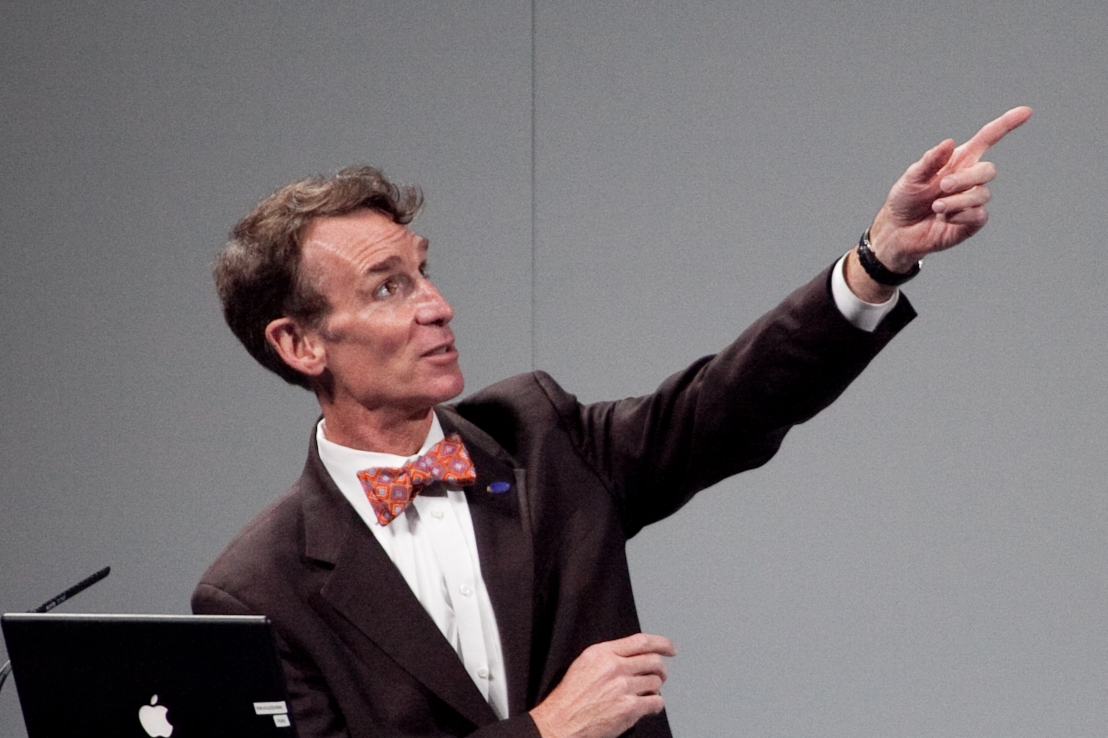 As a sort of research experiment, I chose to test my skill in search engine navigation and search term selection. After all, what better way to examine your own research tendencies than to engage in some research.
As a sort of research experiment, I chose to test my skill in search engine navigation and search term selection. After all, what better way to examine your own research tendencies than to engage in some research.

 Only then, did I finally find the quote by Khaled Hosseini (which popped up as an image preview) that I deemed worthy of my made up assignment.
Only then, did I finally find the quote by Khaled Hosseini (which popped up as an image preview) that I deemed worthy of my made up assignment. What this experiment illustrates best is the power of choice and perception. All of my search terms were related, in some way, to the original cartoon, yet each turned up a unique list of quotes and sources. In this way, it is our own ideas that have the greatest impact on where our research will take us. All the more reason, I say, why a person must research with an open mind and an active interest in the subject.
What this experiment illustrates best is the power of choice and perception. All of my search terms were related, in some way, to the original cartoon, yet each turned up a unique list of quotes and sources. In this way, it is our own ideas that have the greatest impact on where our research will take us. All the more reason, I say, why a person must research with an open mind and an active interest in the subject. ut some of our individual habits and past experiences with research. Looking back on this time, I recall thinking first about the various presentations and research projects that I had done in school. However, upon further reflection, I realized that I have conducted a great deal of research outside of the classroom as well.
ut some of our individual habits and past experiences with research. Looking back on this time, I recall thinking first about the various presentations and research projects that I had done in school. However, upon further reflection, I realized that I have conducted a great deal of research outside of the classroom as well. I am constantly thankful of my ability to do quick and easy research on the internet. For example, whether I am wondering “
I am constantly thankful of my ability to do quick and easy research on the internet. For example, whether I am wondering “
 ucting research at work, my goal was not only to gather information, but to sort and organize it into useful and meaningful formats. This skill is applicable in all sorts of research. For example, when writing a research paper or essay, it is equally important to gather quotes and statistics as it is to organize them into an effective argument.
ucting research at work, my goal was not only to gather information, but to sort and organize it into useful and meaningful formats. This skill is applicable in all sorts of research. For example, when writing a research paper or essay, it is equally important to gather quotes and statistics as it is to organize them into an effective argument. nformal methods that I utilize in my everyday life and then transition as needed towards more formal techniques, like those I used in my internship. For example, I might start by doing a simple google search and seeking out scholarly sources. However, If this doesn’t work, I might instead try searching an
nformal methods that I utilize in my everyday life and then transition as needed towards more formal techniques, like those I used in my internship. For example, I might start by doing a simple google search and seeking out scholarly sources. However, If this doesn’t work, I might instead try searching an 